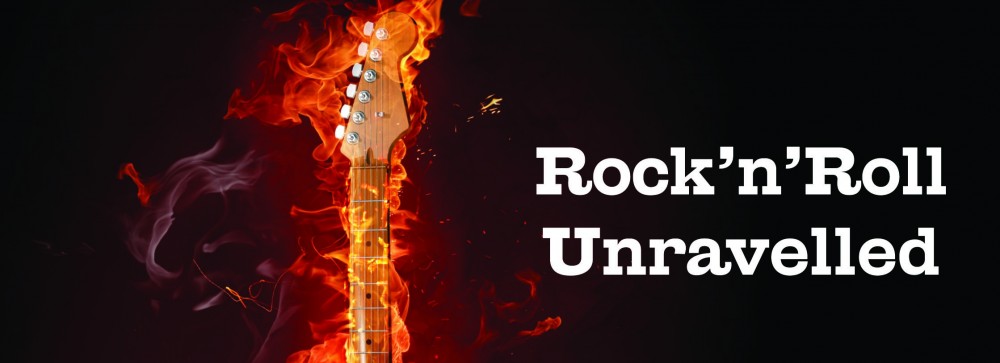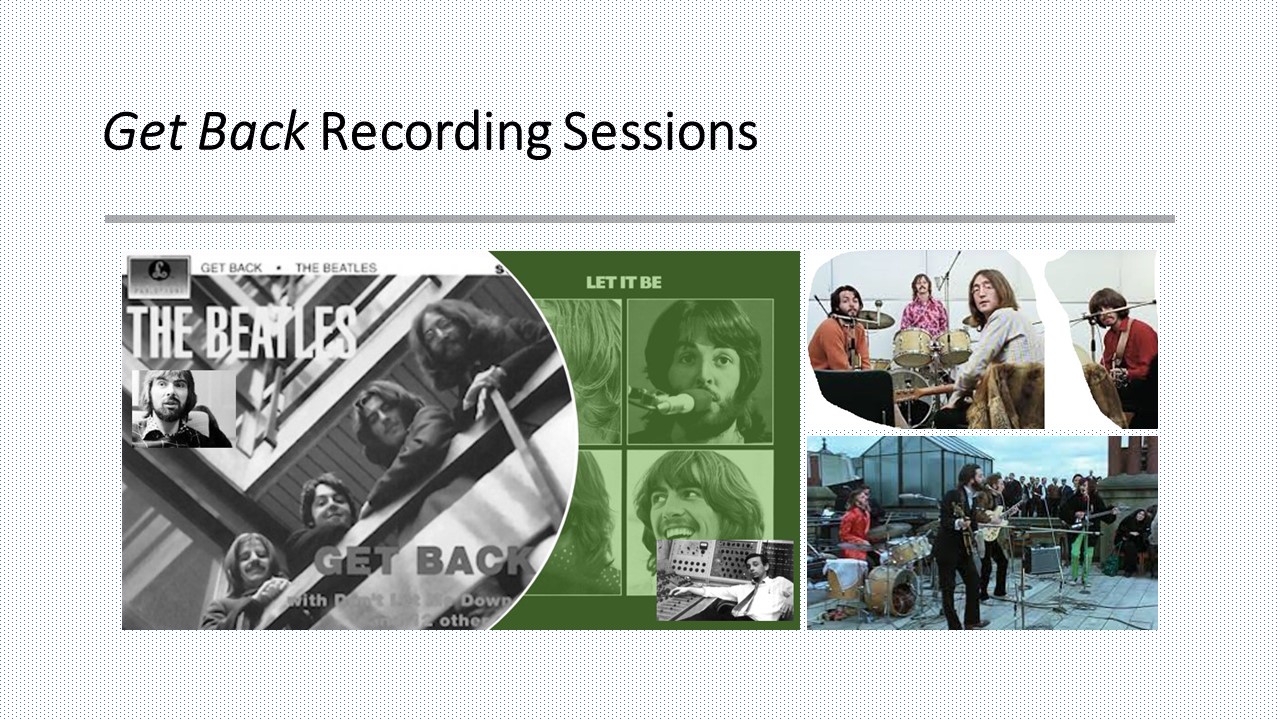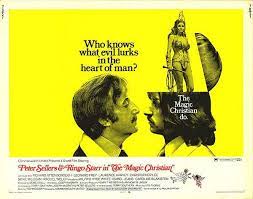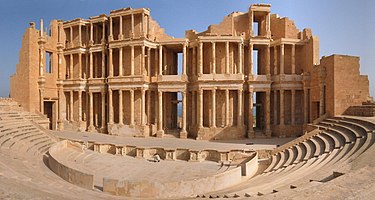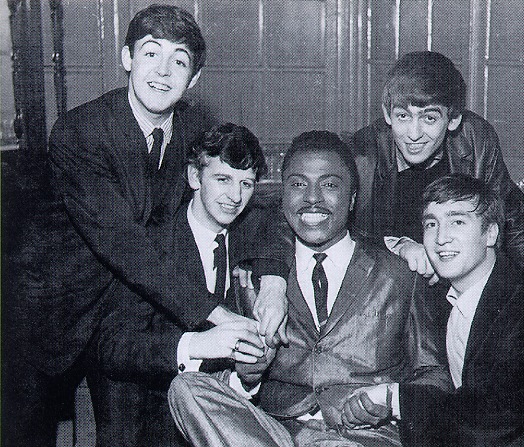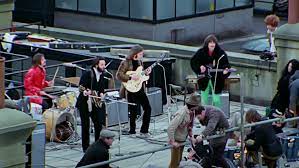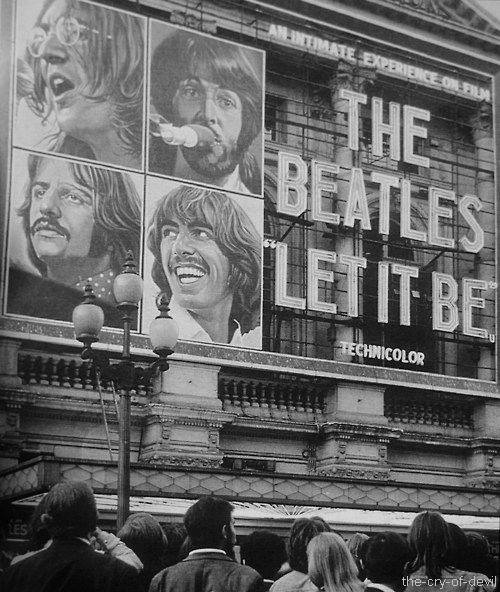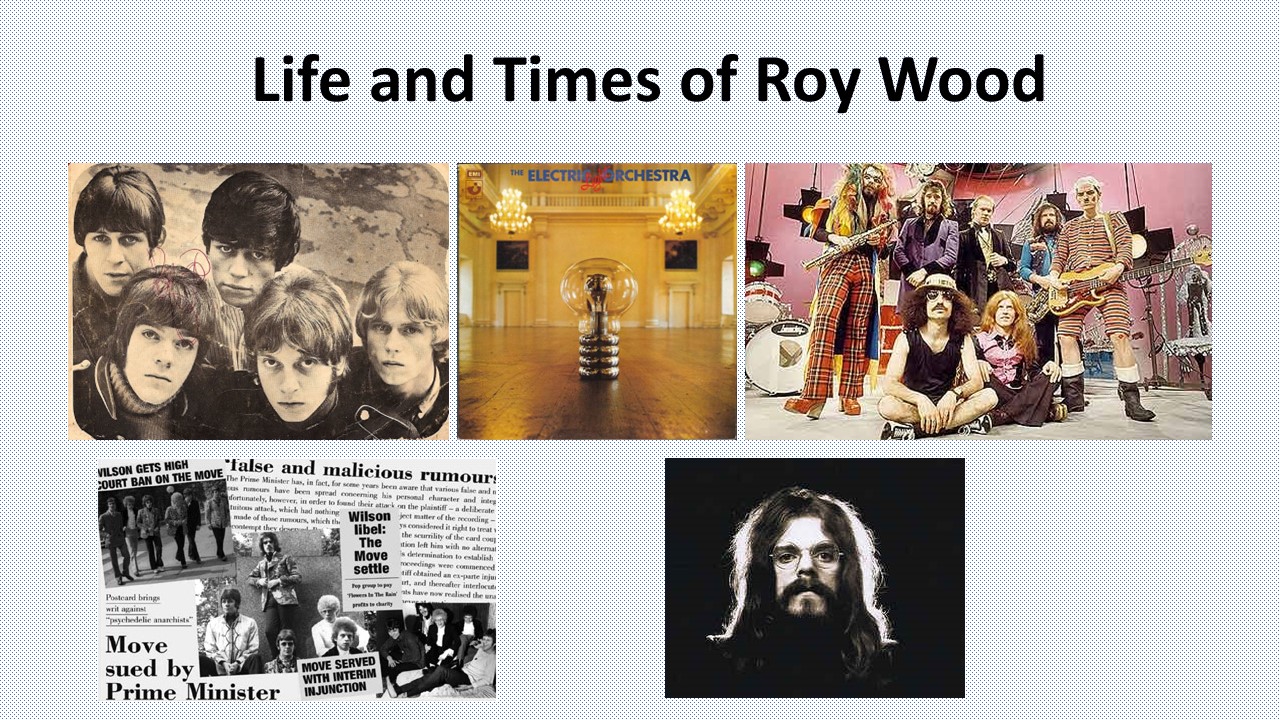Get Back Recording Sessions
George walked out, eventually it became Let it Be. This was one of the most turbulent of times for the Beatles.- Get Back recording sessions.
The detailed blog immediately follows the Podcast
Podcast – Get Back Recording Sessions
from The Frank Carlyle Show
To hear the Frank Carlyle Show live…
Derek Shelmerdine, author of Rock’n’Roll Unravelled
is a guests on The Frank Carlyle Show.
Live on Facebook – Monday 26 September 2022
The whole show: 8.00 to 10.00 pm (UK)
Derek Shelmerdine’s guest spot: 9.00 to 10.00 pm (UK)
See if Paul or Ringo have tours lined up…
Get Back recording sessions
BACKGROUND
The Beatles set up Apple Corps after their manager, Brian Epstein died on 27 August 1967. Following this sad event, the Beatles managed themselves.
In September 1968 they recorded a promo film for Hey Jude at Twickenham Studios. Furthermore, they filmed it with a live audience. This inspired them to take the same approach with the recording of their next album. In complete contrast to Sgt Pepper, the new album will be free from overdubs and studio chicanery.
Ringo was due shortly to start filming The Magic Christian with Peter Sellers at Twickenham Studios. The film’s producer Denis O’Dell was also the Head of Apple Films. Twickenham Studios was the location for filming it and he loaned Stage 1 to the Beatles for the whole of January, to record their next album
There were three elements to the Get Back project: an album, a live concert and a documentary film about the recording of the album.
Furthermore, the album will be free from overdubs and studio trickery.
The live concert and documentary of the recording sessions will be for a TV Special. In addition, the concert will be recorded live in front of an audience at Twickenham Studios.
The initial plan was a dress rehearsal on 18 January 1969. Followed by live shows, recorded in Stage 1 on 19 and 20 January.
REHEARSALS STARTED – TWICKENHAM STUDIOS
Get Back recording sessions
The Get Back sessions started on 2 January 1969. Right from the beginning, the venue for the live-recording concert was under question. Talk of filming the concert abroad met with a lack of enthusiasm from Ringo. In particular, George thought they should scrap the idea of a concert altogether.
George loaned his 8-track recorder to the project.
Get Back
Immigration was a controversial topic at the time. The original lyrics to Get Back reflected this.
During the Peter Jackson documentary Get Back, the following subtitle appears when they are playing Get Back “Beatles turn Get Back into a protest song condemning white nationalism”.
Linda Eastman
Linda was taking photographs of the sessions.
Paul later married Linda on 12 March 1969.
Glyn Johns
Producer for the Get Back sessions.
There seemed to be some tension between John Lennon and Glyn Johns. John often referred to him as “Glynis”.
Yoko Ono
Yoko was there during the entire recording sessions, usually sitting right next to John. Occasionally adding her unique “singing” style to some of the jam sessions.
When George walked out on 10 January, John, Paul and Ringo returned to the studio after lunch. A jam session ensued, including Yoko screeching down the mic.
GEORGE QUIT THE GROUP
As early as the third day of recording, George and Paul were bickering. George told Paul, “I always feel I’m annoying you”. To which Paul replied, “I’m only trying to help”.
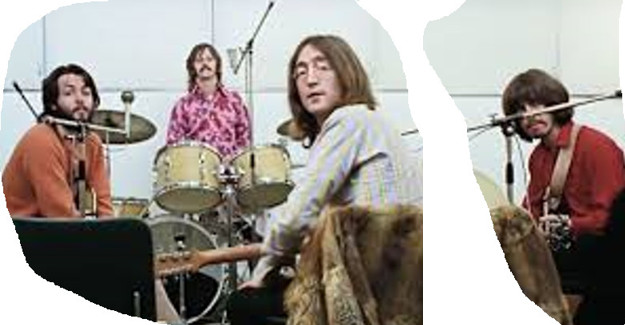
On 10 January, Day 7, George walked out.
During Get Back Paul constantly suggested to George how he should play it. When they broke for lunch, George walked out. His parting comment to the others, “I think I’ll be leaving the band now”. George added, “See you ‘round the clubs”. In his diary entry for that day George sums it up. “Got up went to Twickenham rehearsed until lunchtime – left the Beatles – went home”.
After lunch John, Paul and Ringo returned to the studio. John commented, “If he doesn’t come back by Tuesday we’ll get [Eric] Clapton”.
On Sunday, 12 January, John, Paul and Ringo, with Yoko and Linda, met with George at Ringo’s house. The meeting didn’t go well.
Flowers for George
The following day, Day 8, of the Get Back recording sessions, John Paul and Ringo were back in the studio. Ironically, a bunch of flowers was delivered to the studio for George. It was from some of his Hare Krishna friends, who were blissfully unaware that George had left the Beatles.
Relationships in the band were at a low ebb. Paul agreed that the Lennon and McCartney song-writing team was not as close after John met Yoko. Furthermore, He also thought that John would choose Yoko over the Beatles. In addition, Paul commented, “We need a daddy figure”. A reference to Brian Epstein.
Paul suggested that he had an idea for the TV Special. During the documentary, they should intersperse news items from around the world. The final news item – The Beatles have split up!
In a private conversation, Paul and John agreed that they both kept telling George how to play. Prompting John to tell Paul that he also did that to him.
George had returned to Liverpool.
George returned
John, Paul and Ringo agree to meet with George again.
On 15 January, George met once again with John, Paul and Ringo, at Ringo’s House. After a lengthy meeting, George agreed to re-join The Beatles. They all agreed to move the recording from Twickenham to the new purpose-built studio in the basement of their Apple headquarters in Saville Row. They also agreed to abandon the idea of a live concert.
On the day before the rooftop performance George was looking to the future. He announced that he’d like to record his own album. Furthermore, he suggested that they should all do solo projects.
JOHN & PAUL
Paul was also feeling isolated and commented on Day 4, “I don’t get a lot of support”. He was feeling a distinct lack of enthusiasm from the rest of the band.
Paul also felt that the sessions lacked structure and commented that they “miss Brian Epstein’s discipline”.
Things were also a little strained between Paul and John. The director of the documentary Get Back, Michael Lindsay-Hogg, commented to John that “Paul and you are not getting on as well as you did”.
DISPUTED CONCERT VENUE
Get Back recording sessions
Right from the outset, the idea of a live concert met with a mixed reaction. George wasn’t keen on the idea at all.
One of the suggested venues outside the UK was Sabratha in Libya. Situated on the Mediterranean coastline, the ancient theatre would provide a spectacular backdrop for the concert.
Alternatively, a ship might be the answer for the venue.
The discussion continued…
As a result of George walking out and then re-joining the group, they agreed to abandon the idea of a full-blown live concert.
A new idea for an outdoor performance emerged – Primrose Hill in London
They finally settled on the rooftop of the Apple building.
THE MOVE TO SAVILLE ROW
After George walked out and then re-joined the Beatles, they agreed to adjust the direction of Get Back project. They scrapped the idea of a TV special and live concert. In addition, the recording sessions relocated to the new, custom-built Apple studio in Saville Row.
They gave the task of building the new studios to Alexis “Magic Alex” Mardas .
George re-joined the band on 15 January. Consequently, the last day of recording at Twickenham Studios was the following day. On 16 January George met producer Glyn Johns at Twickenham and they travelled to London together to the new Apple studio.
No one was happy with the new studio because there was too much distortion and hiss. Glyn Johns contacted George Martin and he agreed to send some EMI recording equipment to Saville Row. In addition to George’s 8-track recorder from Twickenham, they also had an 8-track recording desk. This new EMI equipment comprised 2 portable, 4-track mixing consuls.
RECORDING STARTED AT SAVILLE ROW
Get Back recording sessions
On 21 January the recording sessions were back in business, with all four Beatles at the new Apple studio in Saville Row.
The Beatles long-term producer, George Martin was much more in evidence at the Apple Studio than he had been in Twickenham.
The recording plan was still to make the recordings without edits or overdubs.
Billy Preston
Shortly after the recordings moved to Apple Studios, keyboard player Bill Preston dropped by. He was in London for some TV appearances.
The Beatles knew Billy Preston from their Hamburg days. Preston was the keyboards player in Little Richard’s touring band. The Beatles and Little Richard appeared on the same bill in Liverpool and Hamburg.
Billy Preston was the only person to receive a performing label credit on a Beatles single, for Get Back.
As a result of abandoning the TV Special documentary, they decided to use the rehearsal footage already recorded for the Beatles’ third movie. By then the project had morphed into Let it Be.
GET BACK RECORDING SESSIONS CONTINUED
By Day 14, 23 January, George’s attitude had changed so much so that he was now telling Paul what to do.
There was another jam, with Yoko’s unique take on “singing” very much to the fore. John suggested the jam, Freak Out, should be included on the album. The others weren’t convinced.
Get Back was chosen as the next Beatles’ single.
Despite the previous tensions, everyone seemed to be enjoying the recording session.
They dropped the idea of Primrose Hill venue for the outside performance. However, there was talk about needing a live performance in front of an audience for the movie climax.
The rooftop of the Apple building came into focus as the ideal place for the outdoor performance. They all agreed and set the date for 29 January.
Allen Klein
John had a meeting with business manager Allen Klein towards the end of the Get Back sessions. He had previously met Allen Klein when he performed on the Rolling Stones’ Rock’n’Roll Circus UK TV Special.
Allen Klein took over the management of the Rolling Stones from Andrew Loog Oldham.
The choice of who should become the Beatles new manager was one of the main tensions between John and Paul during this period. John wanted Allen Klein to become their manager. On the other hand, Paul wanted Linda’s father and brother, attorneys Lee and John Eastman to be the Beatles’ manager.
The Beatles had their first meeting with Allen Klein on 28 January.
The management issue was a great source of friction within the band. George and Ringo sided with John and opted for Allen Klein.
As a result, for a very short period both Klein and the Eastmans were involved in the Beatles’ affairs.
30 January – ROOFTOP PERFORMANCE
Get Back recording sessions
During this, there last-ever live performance they played, Get Back, Don’t Let Me Down, I’ve Got a Feeling, One After 909, Dig a Pony, I’ve Got a Feeling, Don’t Let Me Down and Get Back.
Keyboardist Billy Preston joined the Beatles on the rooftop for this historic performance.
At the end of the performance John turned to the mic and said, “I’d like to say on behalf of the group, and ourselves, and I hope we passed the audition”.
This could well be a reference to the two auditions they failed.
On 10 May 1960, as the Silver Beetles, they failed the audition to back Liverpool singer Billy Fury on his upcoming UK tour.
They also failed to secure a recording contract with Decca on 1 January 1962.
Not everyone enjoyed this outdoor performance. Shortly after they started playing the local police received complaints about the noise.
Consequently, the police arrived in the lobby during the second song, Don’t Let Me Down. The constable requested the Apple staff at the door to, “turn it down please”.
The performance continued and during the fifth song, Dig a Pony, the constable called his police station for the duty officer.
The first two policemen arrive on the Apple rooftop during the next song, I’ve Got a Feeling”. The music continued.
A police sergeant joined the two policemen on the roof during the next song, Don’t Let Me Down. The police are now becoming insistent that the performance ends.
The next and last song, Get Back, was the last time the Beatles performed together in public.
THE GET BACK RECORDING SESSIONS ENDED
The recording sessions for the Get Back project ended the following day.
On 31 January, the Beatles recorded two more songs, On Our Way Home and Let It Be.
POSTSCRIPT
Glyn Johns presented the Beatles with two versions of the Get Back album. The Beatles couldn’t agree on the finished album and the project dragged on.
Meanwhile, this indecision led to the recording of the Abbey Road album, their last recorded album.
John Lennon had previously worked with wall-of-sound producer Phil Spector on his single Instant Karma. As a result, in March 1970 he invited Spector to remix the Get Back recordings.
The original Get Back concept of no overdubs and no studio tricks went out of the window. During two weeks in March and April, Phil Spector took the Get Back tapes and turned them into Let It Be.
The Let it Be album and movie marked the end of the Beatles. The split was acrimonious to say the least. None of the Beatles attended the UK movie premiere of Let It Be.
